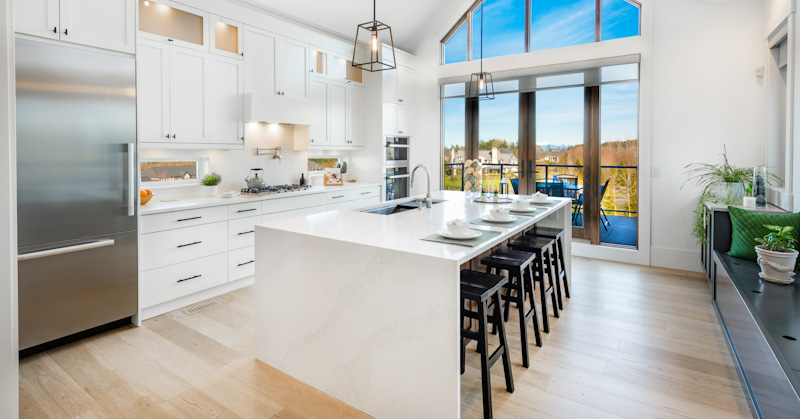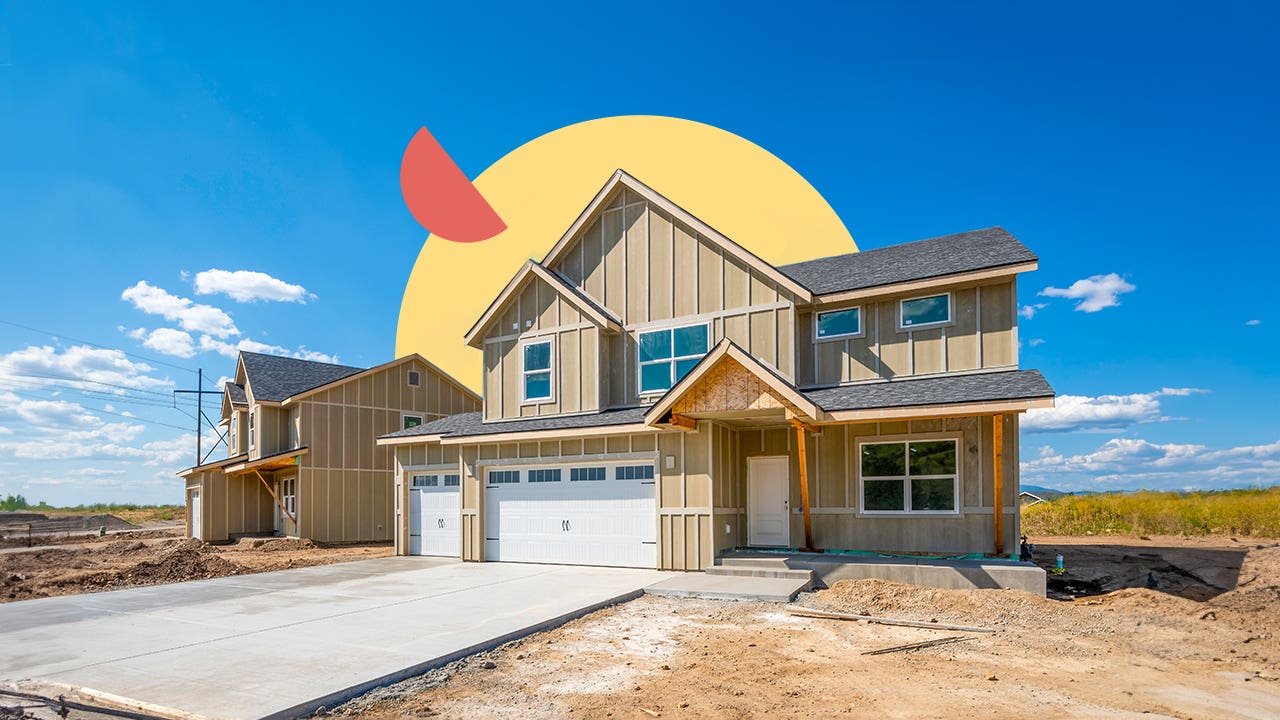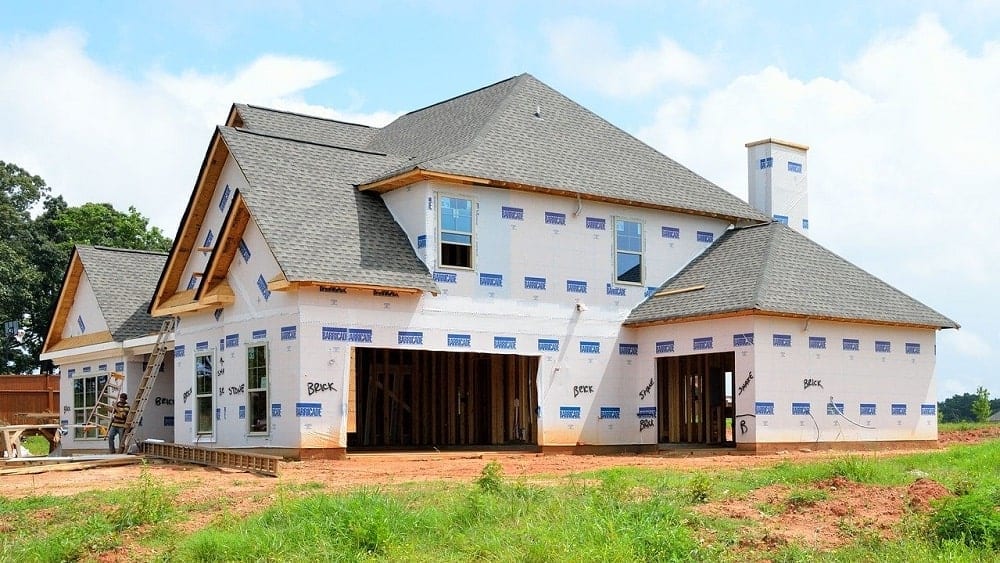Budget-friendly Kitchen Remodeling Indiana for a Stylish and Functional Design
Budget-friendly Kitchen Remodeling Indiana for a Stylish and Functional Design
Blog Article
How a General Contractor Can Transform Your Common Locations Into Useful Spaces
The makeover of common areas right into practical areas is a nuanced procedure that requires a basic specialist's proficiency in evaluating specific community demands and designing tailored options. By taking into consideration variables such as layout, access, and aesthetic allure, a service provider can develop atmospheres that not only serve functional purposes yet likewise foster community interaction.
Assessing Current Common Area Demands
When evaluating usual locations, it is important to determine and comprehend the specific requirements of the neighborhood they offer. This procedure starts with an extensive assessment of present use patterns, which involves gathering data on foot traffic, top use times, and tasks happening within these spaces. Involving with neighborhood members through surveys or conferences can provide beneficial insights right into their preferences and obstacles.
Following, it is crucial to consider the demographic structure of the area, including age, way of life, and any kind of special demands that might influence just how these rooms are made use of. For instance, families with little ones may need backyard, while older adults may focus on accessibility functions.
Additionally, assessing the existing facilities and facilities is important. Identifying areas that are underutilized or in requirement of repair work can inform potential improvements. Working together with stakeholders, such as building supervisors and local organizations, guarantees that the analysis reflects an extensive understanding of the neighborhood's requirements.
Inevitably, a precise examination of current usual area needs lays the groundwork for effective transformations, permitting for the creation of spaces that foster engagement and enhance the total high quality of life within the area.
Designing for Capability and Aesthetic Appeal
A detailed understanding of neighborhood requires sets the phase for reliable layout that stabilizes capability and visual appeals alike areas. Effective style needs a thoughtful technique that considers both the practical uses the space and the visual allure that boosts the setting.
Practical style involves creating areas that satisfy the details tasks and communications of the neighborhood. This may include versatile seating arrangements for celebrations, obtainable paths for individuals with mobility difficulties, or marked locations for entertainment tasks. Each element needs to offer an objective while making sure ease of activity and comfort for customers.
The selection of shades, materials, and lighting can significantly influence the perception of a room. Furthermore, straightening the design with the neighborhood's social identity can promote a sense of belonging and pride.
Budgeting and Resource Appropriation
Efficient budgeting and resource allowance are crucial components in the successful change of typical locations. A well-defined budget plan lays out the monetary specifications within which the project have to operate, making certain that prices are controlled and sources are effectively utilized. This starts with a detailed assessment of job needs, consisting of layout elements, materials, and labor.

A basic service provider plays an essential role in this phase, collaborating with stakeholders to develop practical spending plan price quotes that straighten with the desired vision. By prioritizing necessary features and checking out cost-efficient alternatives, the professional can optimize spending without endangering high quality.
Resource allowance requires tactically designating workers, tools, and products to different stages of the project (Carmel In Contractor). This calls for mindful planning to stay clear of hold-ups and make certain that each component is provided in a timely manner. Additionally, routine tracking of expenditures versus the budget assists to recognize prospective overruns early, enabling timely changes
Managing Construction Process Effectively
Managing the building and construction process efficiently is important for attaining prompt job conclusion and keeping budget plan integrity. A well-coordinated technique entails careful planning, clear interaction, and reliable source monitoring. General professionals must develop a comprehensive project timeline that lays out each stage of construction, allowing for Home Page the recognition of vital milestones and possible traffic jams.
Regular progression conferences are critical for keeping all stakeholders educated and aligned. These meetings assist in the prompt resolution of problems, making sure that the job remains on track. In addition, utilizing project administration software program can improve communication, track development, and manage paperwork, reducing the probability of delays and misunderstandings.
Reliable resource appropriation is also paramount. By making certain that products, labor, and equipment are readily available when required, general professionals can avoid expensive disruptions. Executing a positive strategy to run the risk of management further improves performance, as it allows for the recognition and reduction of potential obstacles prior to they rise.

Guaranteeing Conformity and Top Quality Standards
Compliance and quality criteria are basic to the success of any kind of building job, making certain that the completed rooms not just fulfill client expectations but likewise stick to regulative requirements. A general professional plays a critical duty in implementing these requirements throughout the building and construction process.
First, it is vital for the professional to remain updated on neighborhood building codes, safety and security regulations, and market best methods. This knowledge allows them to guide layout choices and product selections that straighten with compliance standards. Regular inspections and top quality assessments during the building stage assistance to identify prospective problems early, reducing costly hold-ups and revamp.
Furthermore, a reliable general specialist cultivates a culture of quality amongst subcontractors and employees. This can be achieved by providing training on compliance protocols and implementing rigorous high quality control steps. By establishing clear interaction networks, the service provider can make sure that everyone included understands their responsibilities concerning compliance and high quality.
Final Thought
Finally, the duty of a basic specialist in changing typical areas into practical spaces is essential. Via a comprehensive analysis of community needs, thoughtful layout, thorough budgeting, and efficient job administration, these experts can create settings like it that improve functionality and aesthetic allure. Adherence to conformity and top quality standards additionally makes sure that rejuvenated spaces not just fulfill the assumptions of stakeholders but also foster engagement and improve the general experience for all customers within the community.
The makeover of usual areas right into useful spaces is a nuanced process that needs a general service provider's proficiency in examining details area needs and developing tailored solutions. By thinking about aspects such as design, ease of access, and visual charm, a service provider can create environments that not just serve useful functions yet also foster go to my site community interaction. General service providers need to develop a detailed project timeline that details each stage of building, enabling for the recognition of essential milestones and prospective traffic jams.

Report this page